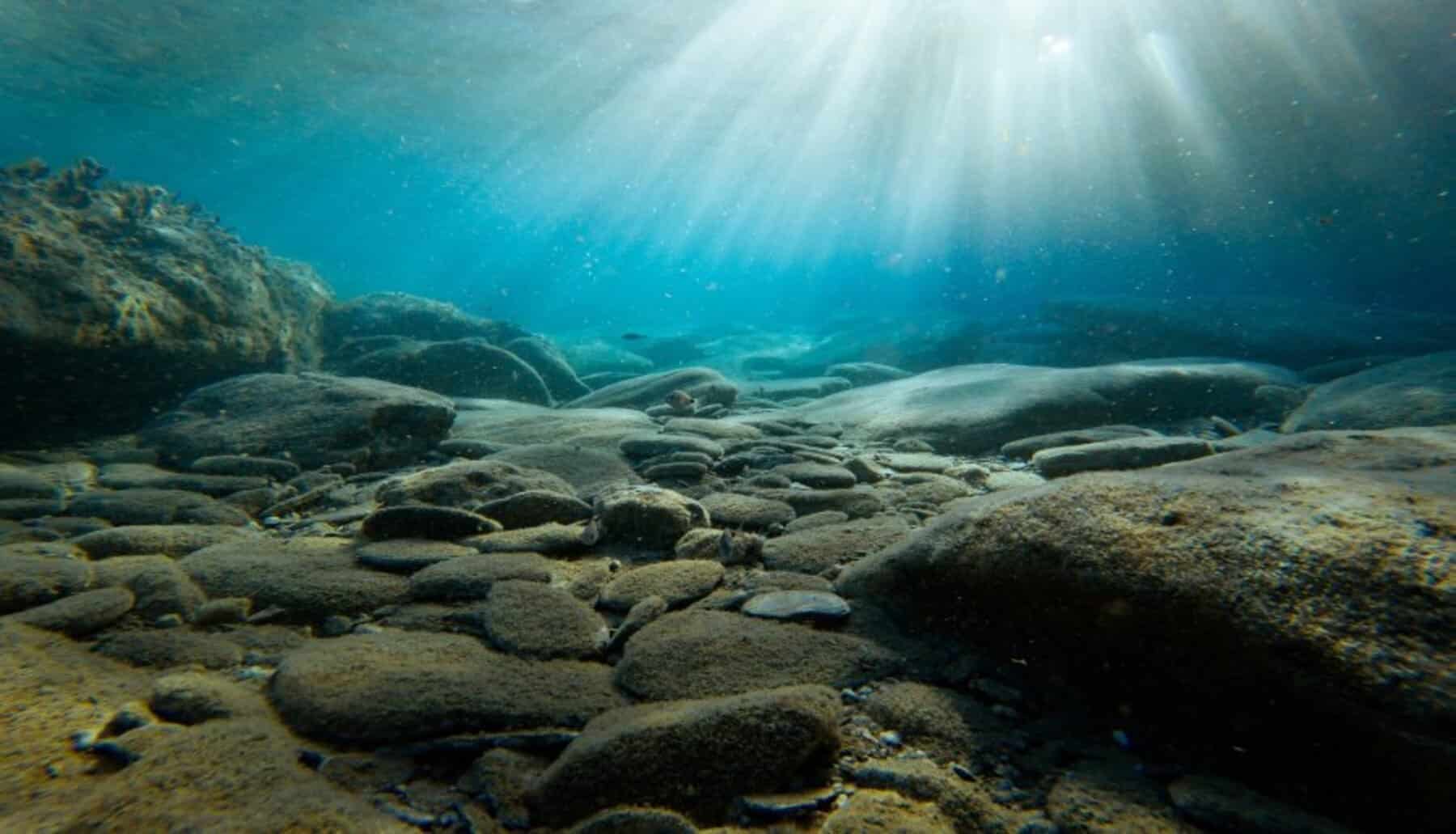What do marine sediments tell us? According to an investigation, this fund of the seas and oceans reflect the History of humanity. This is exposed in a study carried out in collaboration between the Spanish Institute of Oceanography (IEO, CSIC), the Autonomous University of Barcelona and the Institut de Ciències del Mar (ICM).
To reach this conclusion, these participating scientists who have taken part of this study have been responsible for analyzing those Remains of materials in the Cantabrian Sea and in the northwest of the Mediterranean To closely follow the Evolution of pollutants as heavy metals and microplastics Throughout the last centuries of the history of mankind.
«The results show that human activities such as Industrialization, the construction of dams or the production of plastics They have left a persistent footprint even in the deepest and remote environments of the coast, ”explain those responsible for this interesting study.
IEO confirms that deep marine sediments reflect the history of humanity
An investigation led by the Spanish Institute of Oceanography (IEO, CSIC), in collaboration with the Autonomous University of Barcelona and the Institut de Ciències del Mar (ICM), notes that the Marine sediments deep reflect the history of mankind.
Scientists have analyzed those remains of materials in the Cantabrian Sea and northwest of the Mediterranean to trace the evolution of pollutants such as Heavy and microplastic metals throughout the last centuries.
The work, which is reported by IEO in a statement, has been published in the magazine Science of the Total Environment and is based on the analysis of sediment witnesses collected among the 80 and 1,150 meters deep which were dated by layers and examined in search of polluting elements such as mercury, lead and microplastics.
The results show that human activities such as industrialization, the construction of dams or the production of plastics have left a “persistent footprint even in the deepest and remote environments of the coast”.
Thanks to the analysis of metal levels, researchers have been able to track historical pollution episodes. “The use of steam machines, which used coal as fuel, meant an increase in arsenic levels in the sediment”explains Juan Santos, researcher at the Oceanographic Center of Vigo del IEO and first author of the study.
Incidence of centuries of history
Subsequently, an increase in other metals such as mercury and lead, associated with the development of industry in Spain, was observed. “Finding these signs of industrial activity even in deep sea sediments reminds us that even these deep marine ecosystems are not immune to our actions,” warns Joan Cartes, ICM researcher.
Adds that you have to see “to what extent this Impact has affected the marine fauna of these systemsfinal objective of the recommends project, which served to develop these results ».
From the 60s, a decrease in natural elements such as lithium and aluminum is detected, which could be linked to a lower river discharge due to the river repressing, along with changes in rainy regimes and Mass urbanization of the coast.
The study also documents the beginning of the use of plastics, whose waste begins to appear in sedimentary layers from the mid -twentieth century. In some areas evidence of the use of drag fishing has been detected, A technique that removes the seabed and alters the continuity of the sedimentary registration. EFE / ECOticias.com

